Edwina Hay
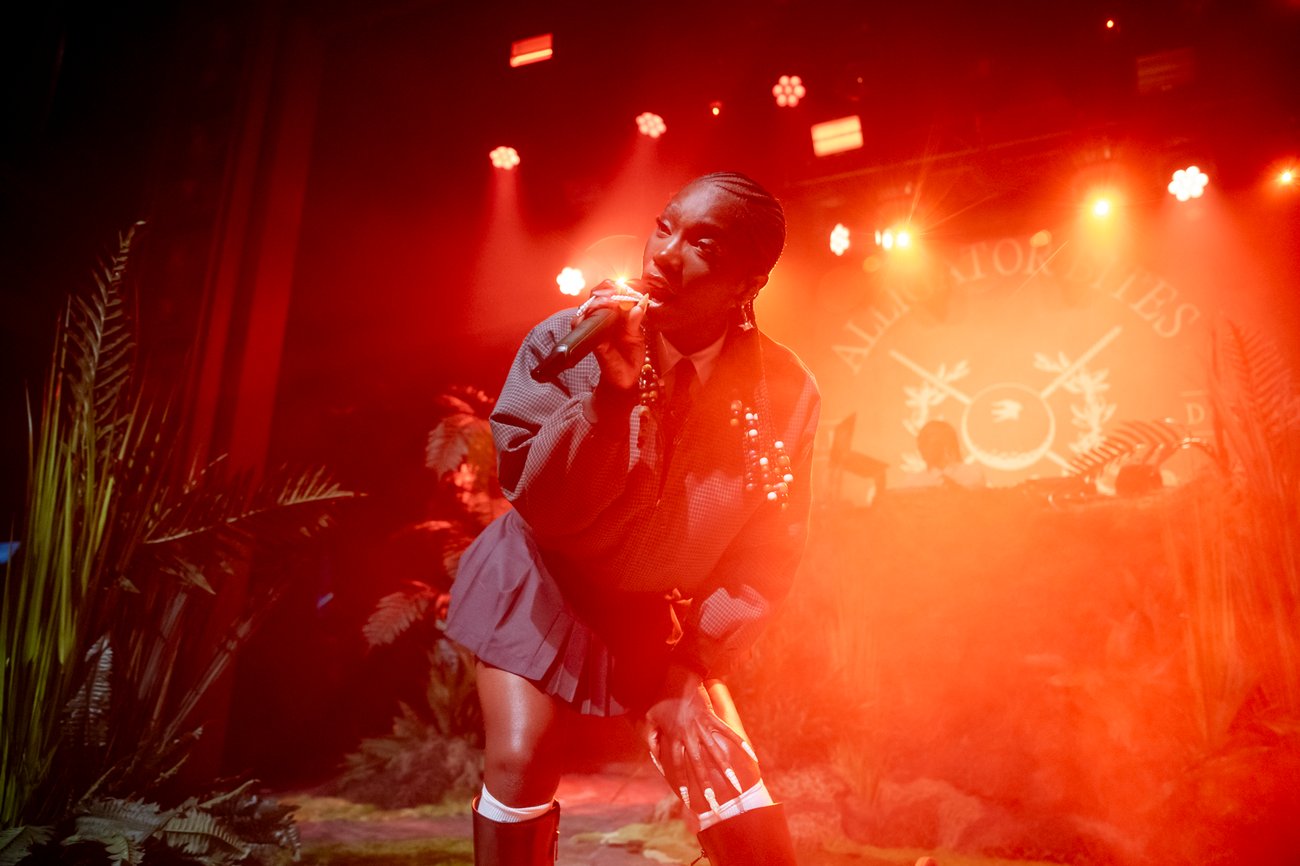
Edwina Hay is a freelance photographer located in New York City. She specializes in live music, event photography, and portraits. As an avid music fan born and raised in Brooklyn, she has captured images of musicians performing on stage for two decades. She's lived in New York City her entire life. Her website got its name from a Mission of Burma song.
Hi Edwina! Tell us a little about yourself — when did you first become interested in photography and how did you get to where you are today?
Hello! My name is Edwina and I’m a freelance photographer based in New York City.
I first got my interest in creating photos growing up here in Brooklyn. My parents gave me a toy camera when I was young, and I received a 35mm Minolta SLR camera as a high school graduation gift from them. I enrolled in photography courses as a Visual Arts minor in college and basically started bringing my camera to some concerts I attended around NYC as a young adult. I started out shooting on 35mm film and migrated to my first DSLR camera around 2005, launched my website in 2006, and contributed to various outlets over the years.
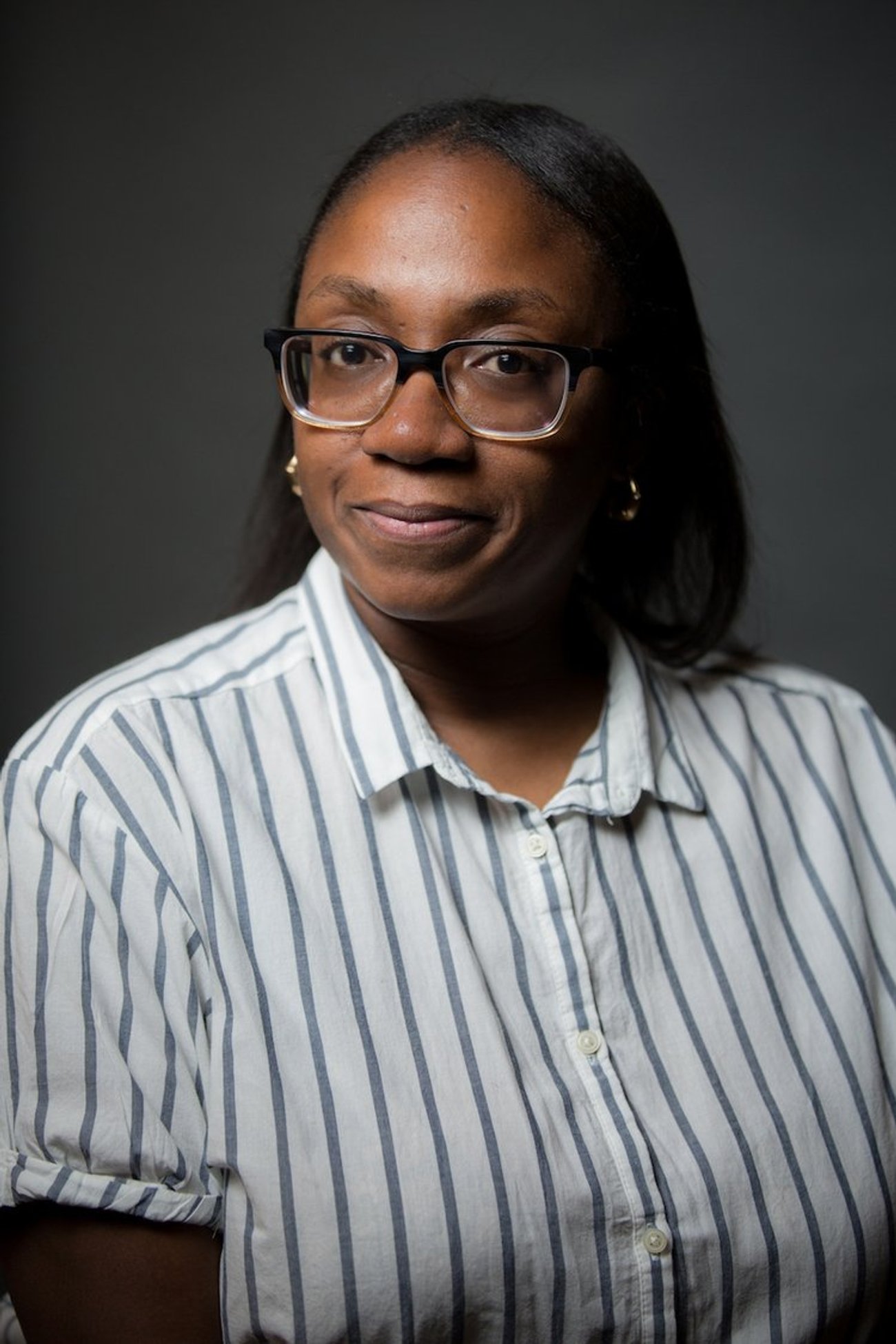
“Sometimes you see a photo and know that if it was taken a second earlier or later, it wouldn’t be the same image. I always love photos that make me wish I was there.”— Edwina Hay
In your experience, what do you think makes a truly exceptional music photograph stand out from a good one?
The images that I tend to love elicit some kind of reaction from the viewer. It’s a photo that makes you gasp or immediately grabs your attention. You want to examine it closer to concentrate on details, or try to figure out how the photographer created it. Sometimes you see a photo and know that if it was taken a second earlier or later, it wouldn’t be the same image. I always love photos that make me wish I was there.

Your portfolio includes both intimate portraits and high-energy concert shots - how do you build rapport and capture special moments with your subjects in such different contexts?
For many of the artists I cover, I’m a fan of their music and I think that helps me a lot. I tend to go in knowing if it will be high energy or a quieter performance and what I want to use while shooting. As an example, if I’m shooting a punk band where I know there will be lots of movement in a club where I can use my flash, then I’ll make sure to have that ready. If I’m at a small venue, then I may not bring my 70-200mm lens since I’ll plan to be right at the stage and will decide to use a wider lens instead. For larger venues with photo pits, you’re only allowed to be there during the first three songs so I tend to move around, get different angles, while at the same time, I try my best to not be in another photographer’s way or blocking the audience in the front row too much.
Regarding portraits, I prefer to be ready to shoot in advance and work quickly, so I don’t take up a lot of an artist’s time. A few weeks ago, I was hired to cover Bilal performing a free show at BAM. I was informed that we were going to do a portrait of him before he went on stage at 8PM, so while backstage before 8, I set up to use off camera flash while waiting. I tested my flash in advance so that when Bilal and his band arrived, I was immediately ready to capture them before they left to go on stage. If I have more time with someone, then I try to chat with them before I begin shooting, while still also trying not to waste their time.
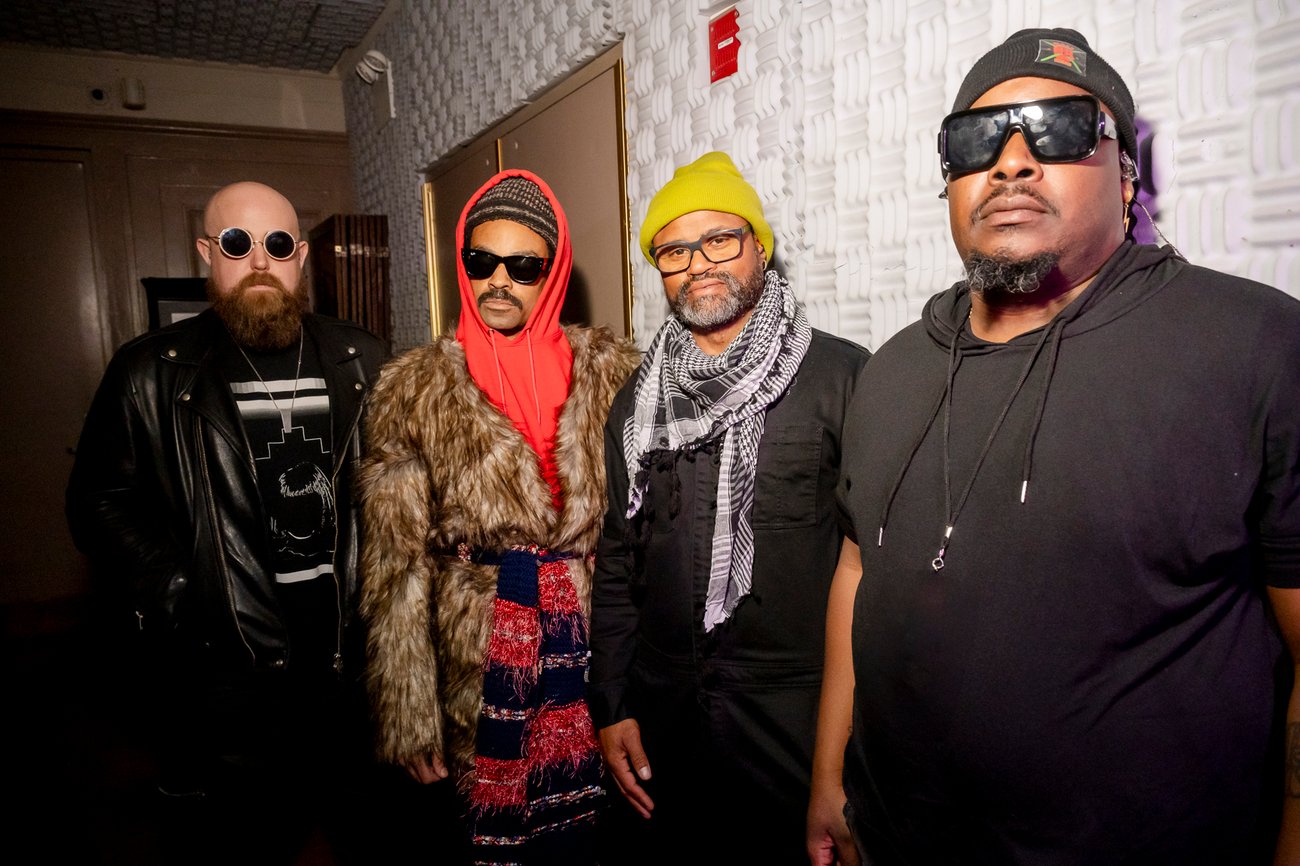
As someone who has been photographing the New York music and culture scene since the late 90s, you’ve probably photographed thousands of performances and events. Are there any that have particularly stood out for you? Do you have any thrilling “rock and roll” stories you can share?
It’s always fun and memorable when artists bring out special guests to their shows. When I covered GloRilla’s headlining show at Irving Plaza for BrooklynVegan, she brought out Cardi B to help perform “Tomorrow 2” and everyone in the audience went wild. I had a feeling before the show that this might happen, so I stuck around close to the stage rather than moving to the back of the room just in case my hunch about Cardi showing up for that song was correct. This past summer, I covered a Red Bull event where Wyclef and YG Marley were surprise guests and back in December, Nas joined Ghostface Killah and Raekwon during their set at Terminal 5.
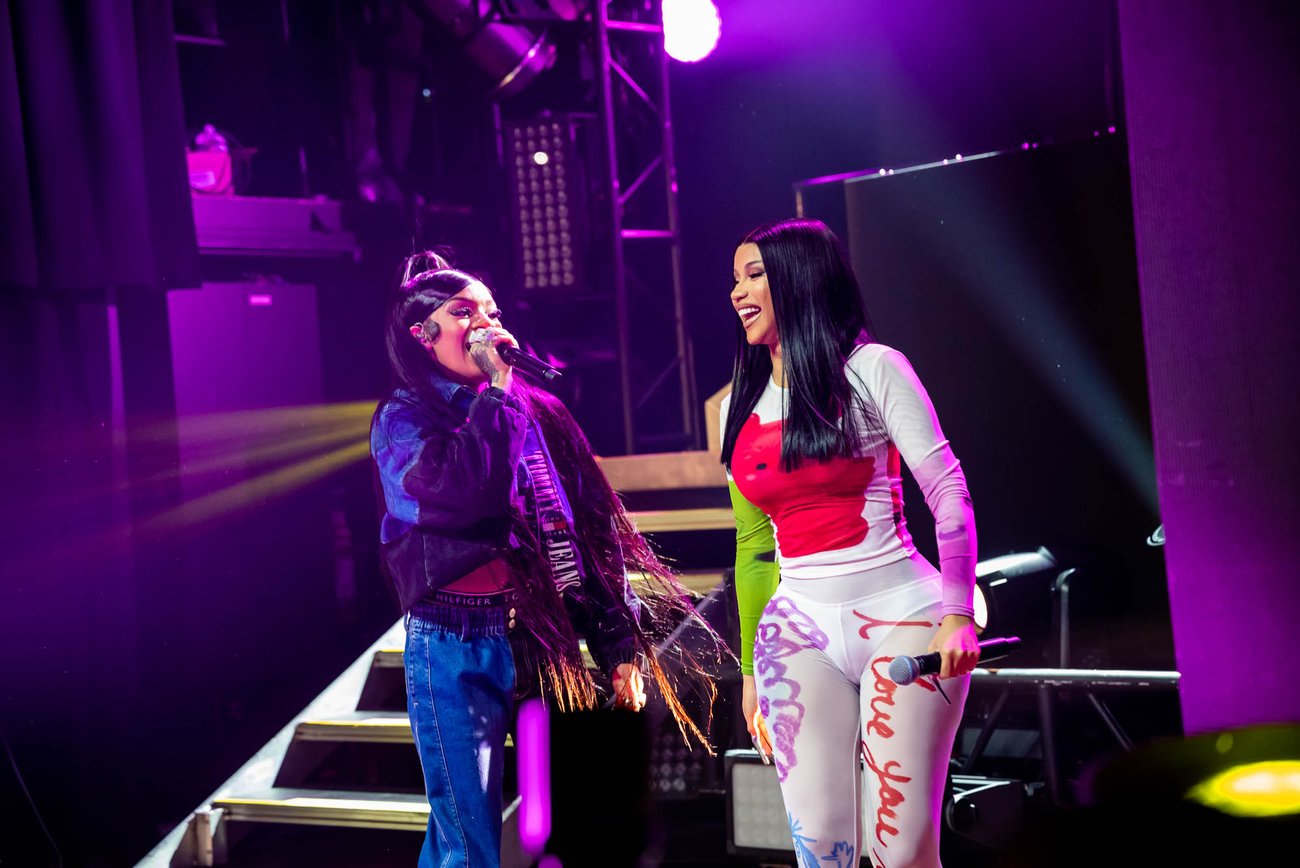
I love discovering new artists especially when they’re an opening act for a headliner. I first saw Janelle Monáe open for of Montreal in 2009, didn’t know anything about her beforehand, immediately saw she was such a dynamic performer, and it would be only a matter of time before she would become a well-known name. I remember going to her merch table immediately after her set to buy anything she had, but she was sold out of everything and I ended up picking up her EP, Metropolis: The Chase Suite, at a record store afterward. I’ve been lucky to see acts like Monáe, Mitski, Megan Thee Stallion, Ty Segall, Future Islands, Lizzo, Bartees Strange, and others perform on very small stages before they moved on to bigger venues.
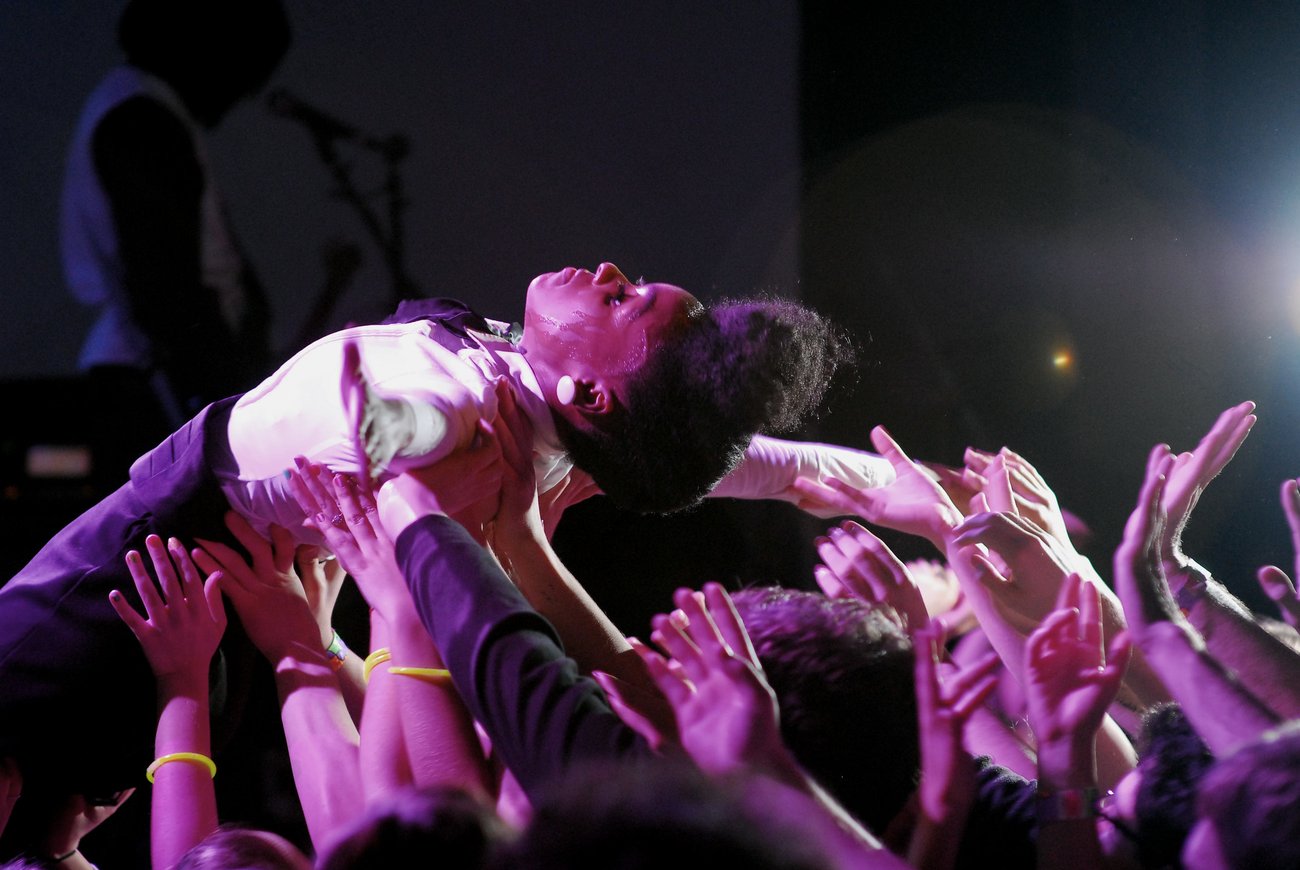
I am also very grateful that I got to see Fugazi twice in NYC and Boston (in 1999 and 2002) before they disbanded. They were a band that allowed fans to document them so I have film images from both shows that I contributed to their live series website. I was an audience member when Björk performed at Riverside Church just before the release of Vespertine. Björk singing while slowly walking down a church aisle into the audience gave me goosebumps and is a moment I’ll truly never forget.
What would be your dream creative project, show, or subject to shoot?
I have been wanting to self publish a photo zine for a while and would love to work on that as a creative project. I always enjoy reading photo books produced by other photographers but I haven’t done anything physical besides photo prints. One of the things I haven’t done yet but would be open to doing is touring with an artist and helping document their time on the road. If that happens, perhaps that could be a zine too.
How has being part of the Black Women Photographers and The Photo Ladies communities impacted your career? What are the benefits for photographers to be part of a photography community?
Both groups were pretty invaluable to me, especially during the COVID pandemic when venues were shut down and there weren't any events happening. For Black Women Photographers, they held a print sale where I contributed two photos shot on 35mm film during Black History Month in 2022. I began shooting on film again in 2020 and would bring a film camera with me on walks to get me out of my apartment. I was also given a camera grant from BWP and Nikon the following year, which was life changing.
For The Photo Ladies, I got to interview a couple of artists during the pandemic and made portraits of them for each piece. It enabled me to use dormant parts of my brain again—coming up with questions in advance for two artists I knew well from attending their shows around NYC for many years, The Weekend Ladies and PremRock.
Both collectives highlight the need for diversity in photography work and create spaces for people to collaborate and help each other. The Photo Ladies' Instagram bio states "community over competition," and I think that's a great way to approach photography, and life in general. I hope to be in community with other photographers who are doing the same work as I am and will share resources or information whenever I can.
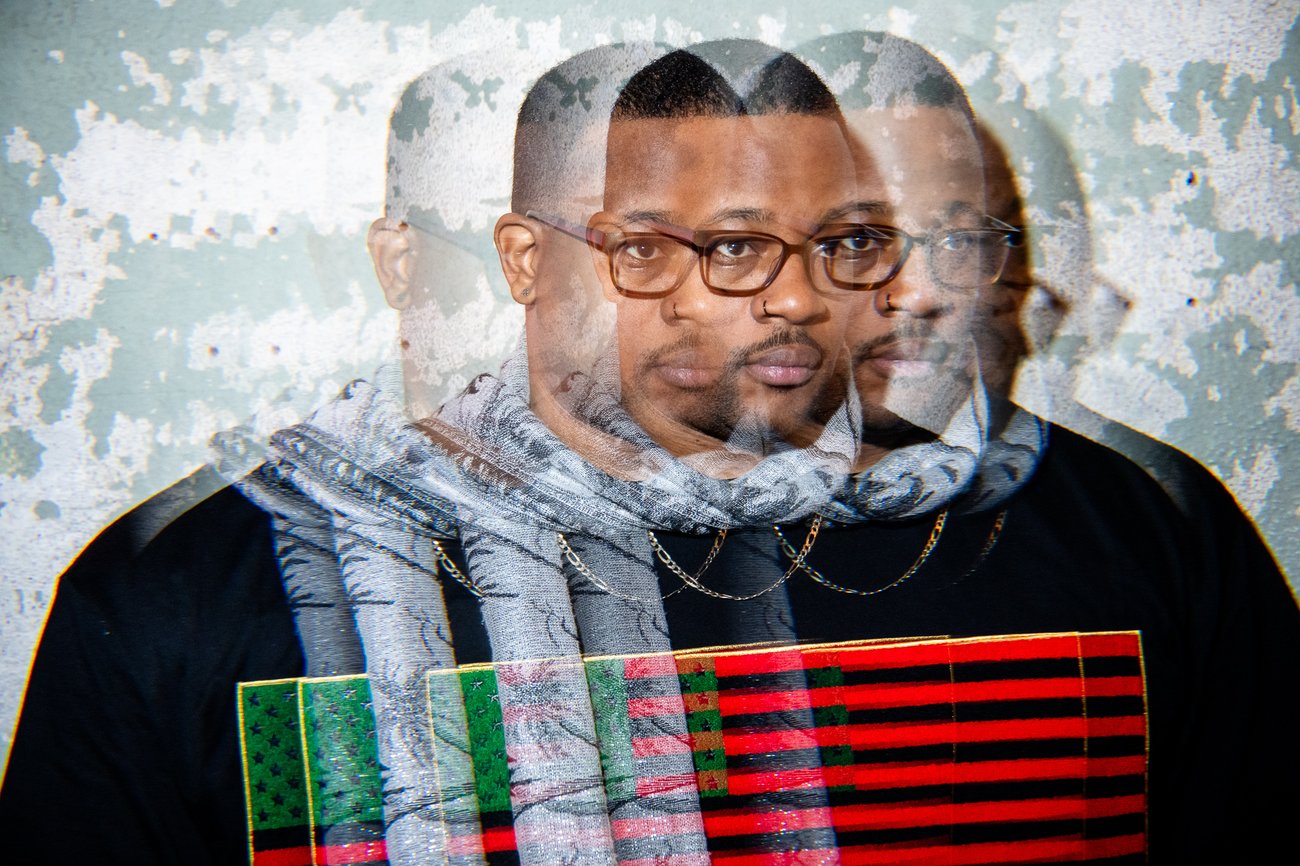
What gear, lenses, and settings do you consider essential for photographing a concert or live show?
I believe people can create great photos with whatever gear they have available to them. I only shot with prime, or fixed focal length lenses (such as 1.8 50mm and 85mm) for many years at small clubs with limited lighting. I've been a Nikon user since my first DSLR camera—it was what I could afford at the time, and I've been using that brand ever since.
I learned to let in as much light as possible by shooting with a wide open aperture, and then adjust my shutter speed and other settings from there. If you're covering concerts in bigger venues and may be positioned far from the stage, such as at the sound board, I'd recommend having zoom lenses too.
Other items essential for concert photography are earplugs (please always protect your hearing at shows!) and lens filters. I've broken quite a few filters while shooting over the years, and I'm grateful every single time that I didn't actually damage my camera lens instead. Don't forget extra memory cards and batteries. And if you're doing a soundboard shoot, you may need a folding step stool to stand on.
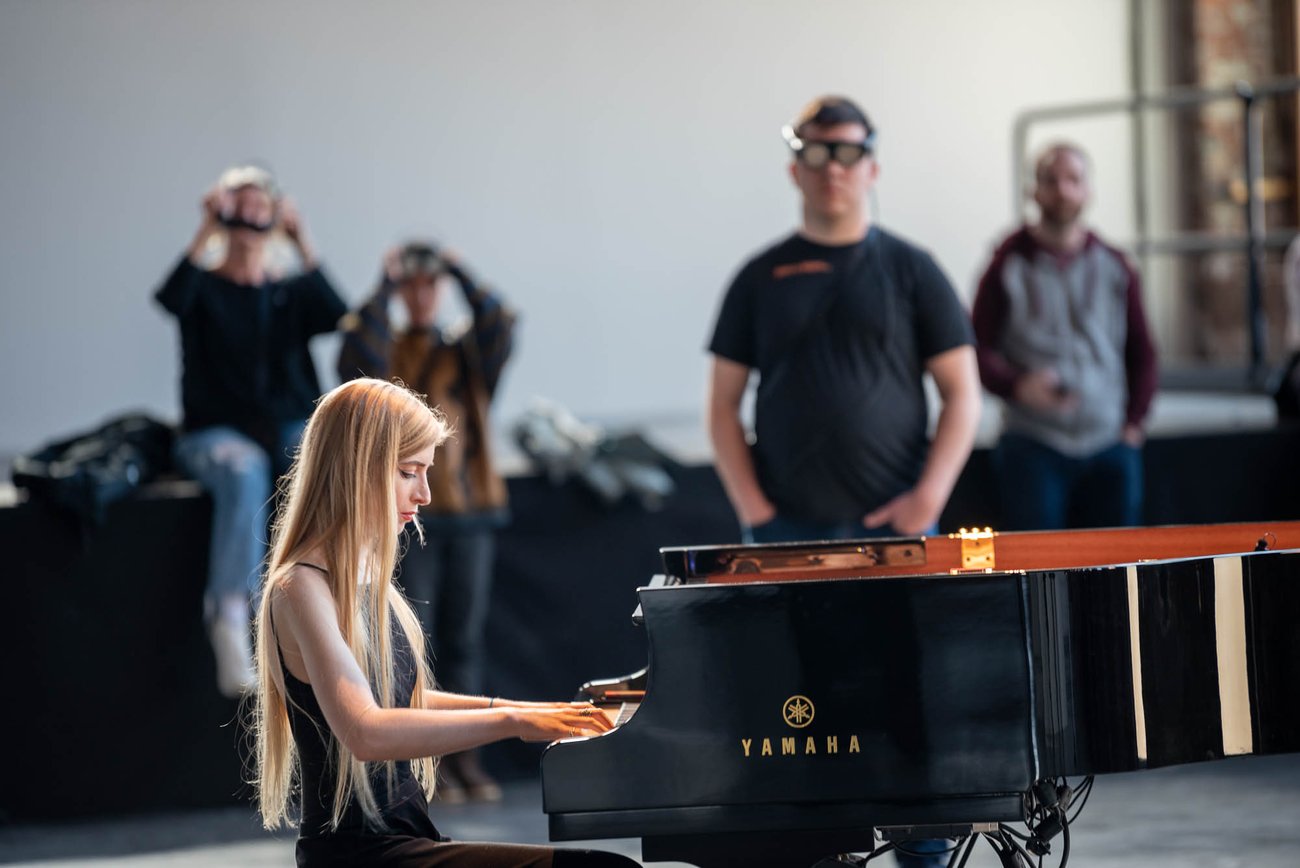
What's your philosophy on balancing technical excellence with capturing authentic moments?
I think I used to focus more on technical aspects of my images when I was younger, and I would be disappointed or slightly annoyed if I had photos that I felt didn't achieve that. Now I find myself being much more forgiving in that regard.
I'm content with capturing a moment that is interesting or doing something more creative—like experimenting with a slower shutter speed, or using prisms if I have more time outside of the first three songs. I enjoy getting shots of audience members being excited or becoming emotional when seeing one of their favorite artists up close, as it gives others an idea of what the performance may have felt like to those who were there.
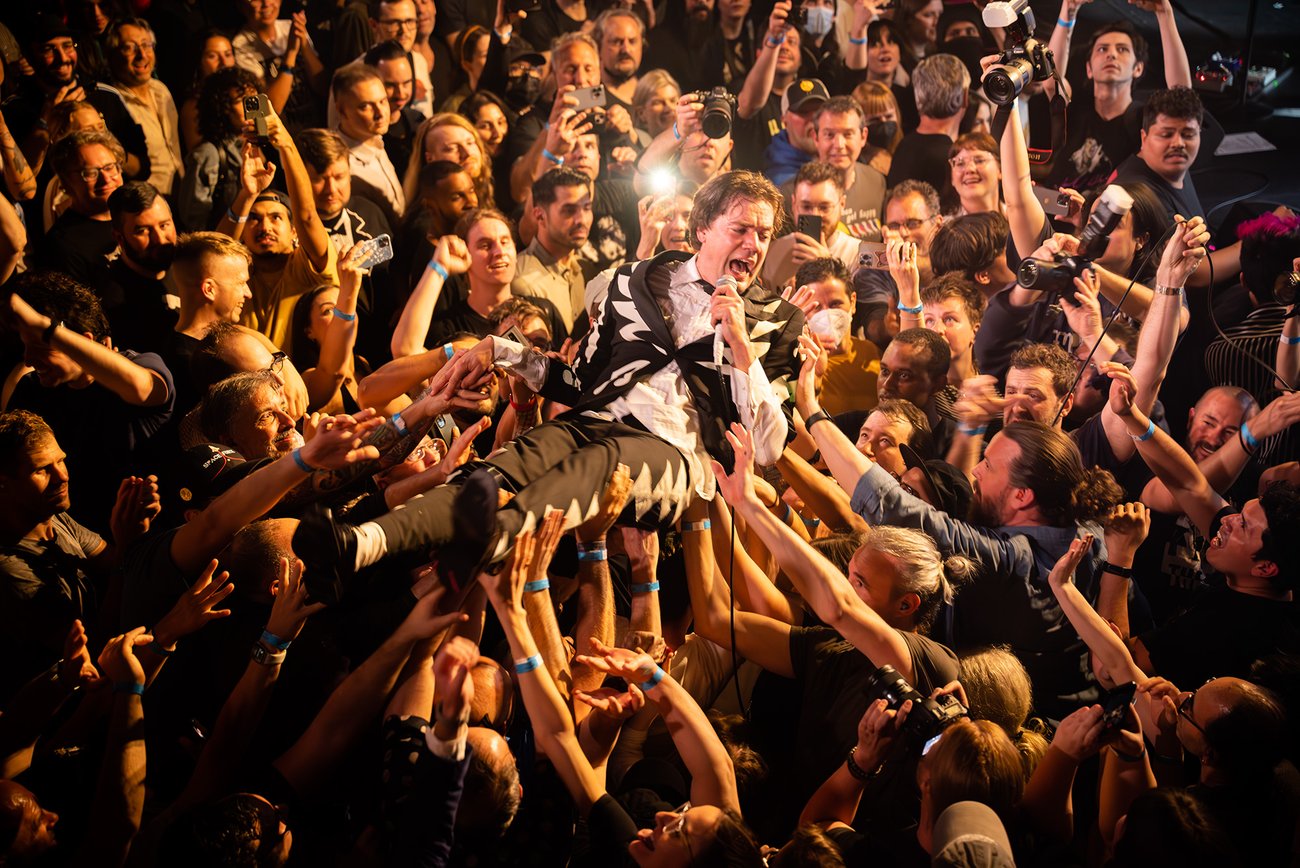
You've managed to build a successful freelance career in one of the world's most competitive photography markets - what advice would you give to emerging photographers trying to establish themselves in the music and events industry?
I began attending concerts of artists I enjoyed and figuring out which venues would allow me to shoot without credentials. The key is to start small and build your experience gradually. Find the DIY or independent spaces in your city booking smaller artists and use those rooms to learn how to document live performances. It doesn't have to be a ticketed concert venue—it could be a bar that has a local band playing for free on a weeknight, a house show, or musicians playing in a public park (be sure to tip them if they're soliciting donations!).
In addition to capturing the performers, you can also get shots of audience members enjoying the acts. This adds variety to your portfolio and helps tell the complete story of a live music experience. Once you have great images from multiple events, you can start working towards building your own portfolio site. Having an Instagram account is useful, but I highly recommend having your own website that you control, as other platforms may shut down one day.
You can use your portfolio to pitch contributing to outlets to acquire photo passes. To receive these passes, you'll either need to be on assignment, hired by an artist, or working for a venue as a house photographer. The ability to critique your own work and self-edit is always helpful—if you get images that you're unhappy with or aren't as strong as others, you don't need to share them online.
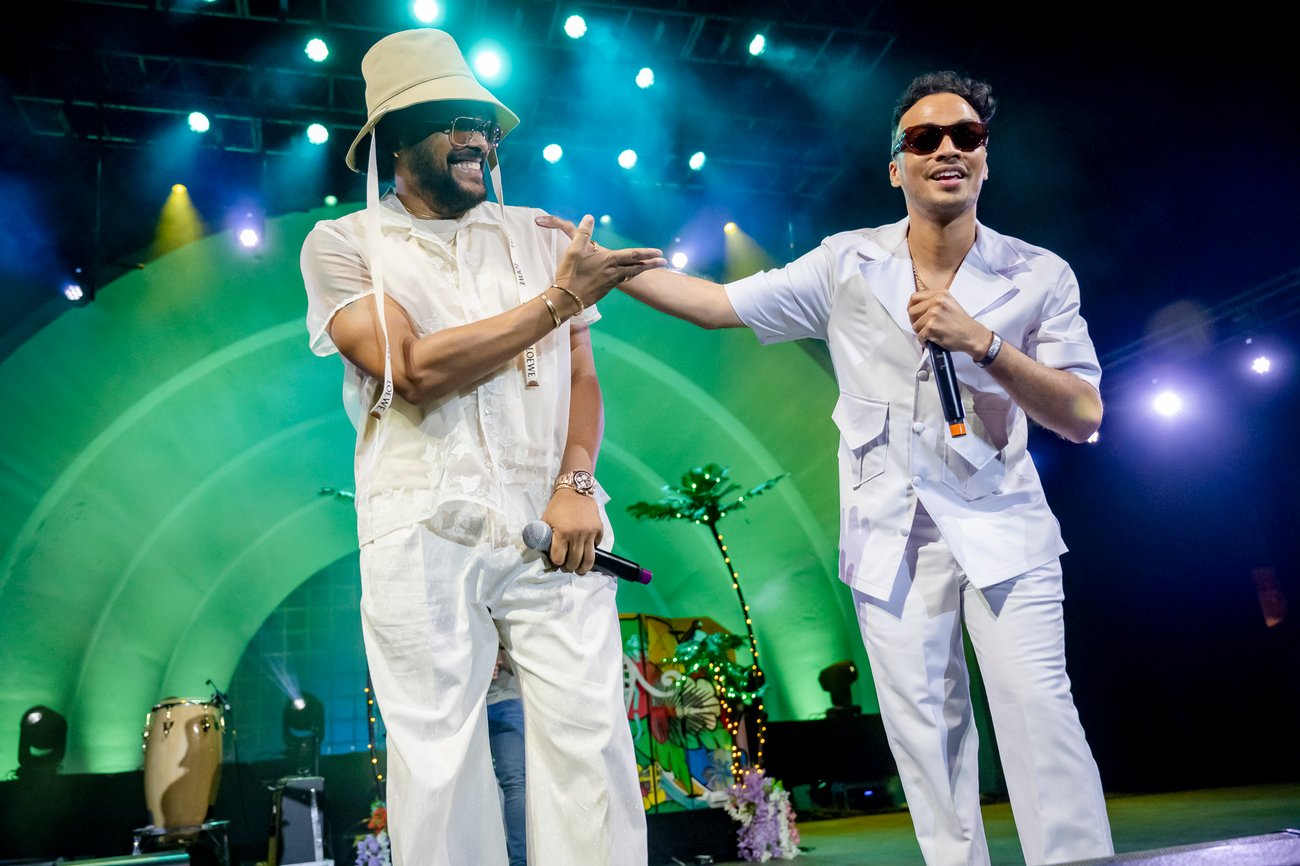
What are you currently working on now and what’s up next for you?
It’s currently winter so I’m covering a few concerts and events in February and then I get a bit of a break. I’ve been meaning to finish having old negatives scanned and publishing them on my website from when I first started documenting live music, so maybe I’ll get that done. But for now, I’m currently enjoying resting before the warmer weather returns and more musicians head out on tour.
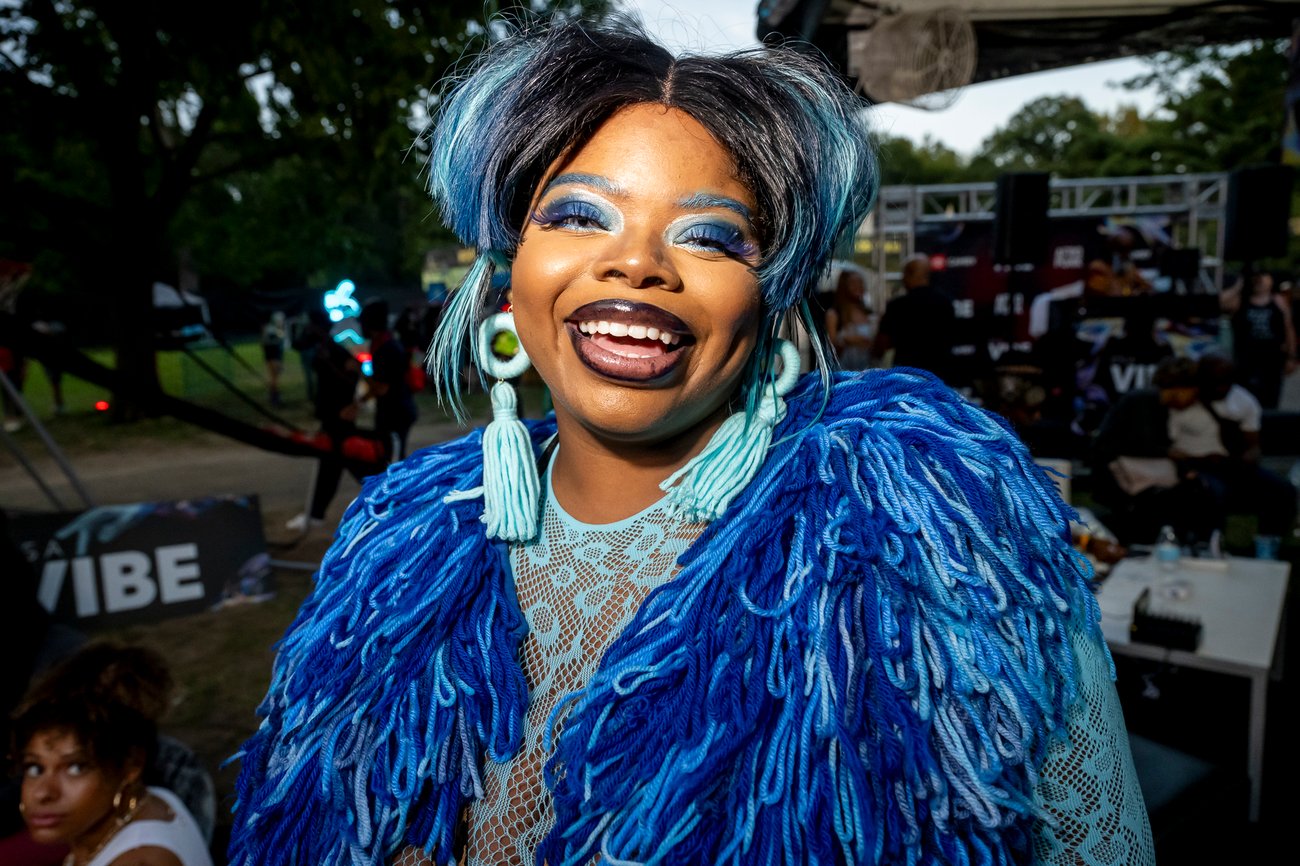
Thank you for sharing with us, Edwina! To view more of Edwina’s work, visit her website, and follow her on Instagram, Facebook, and Bluesky.
Edwina was nominated by Black Women Photographers.